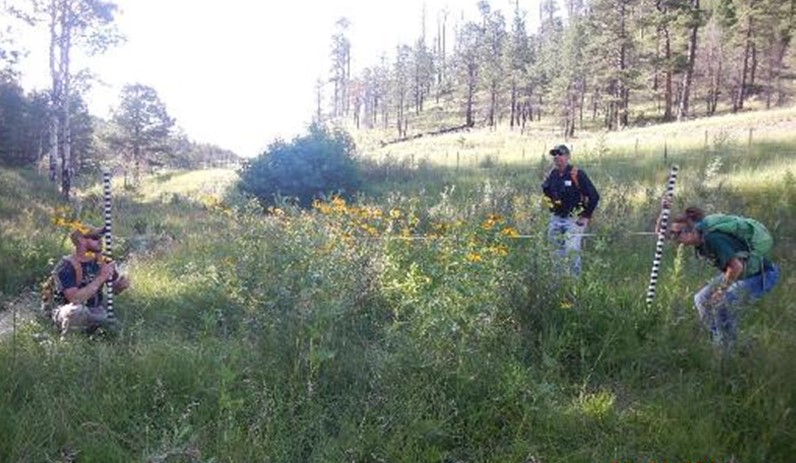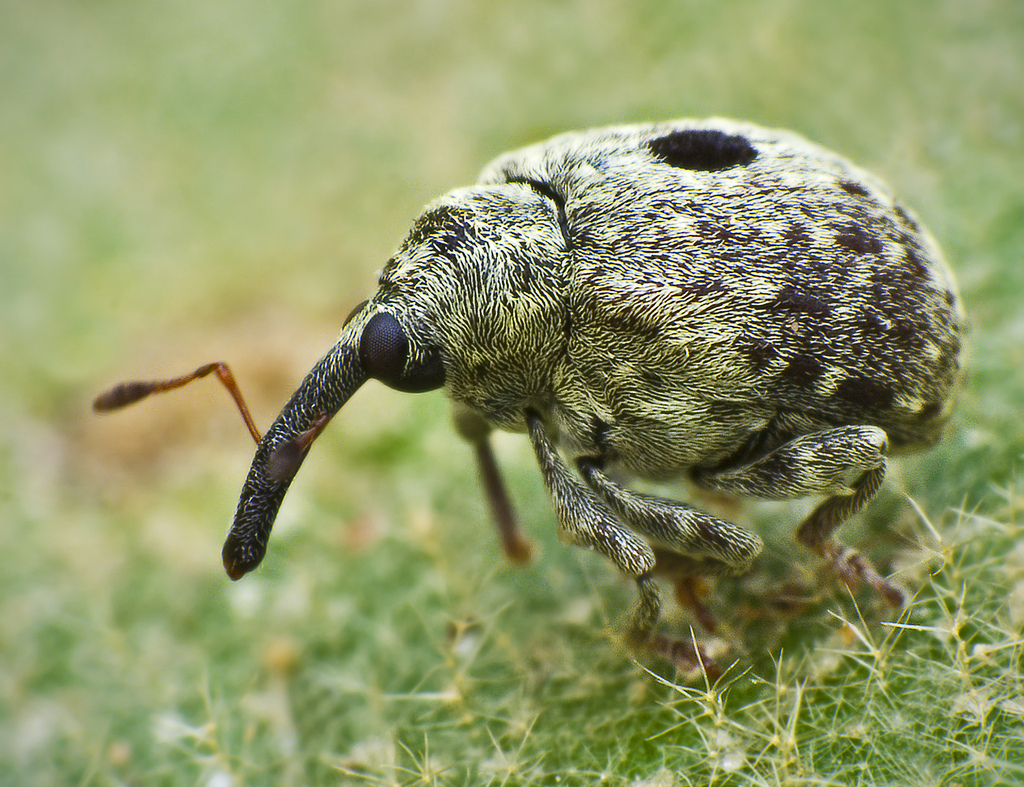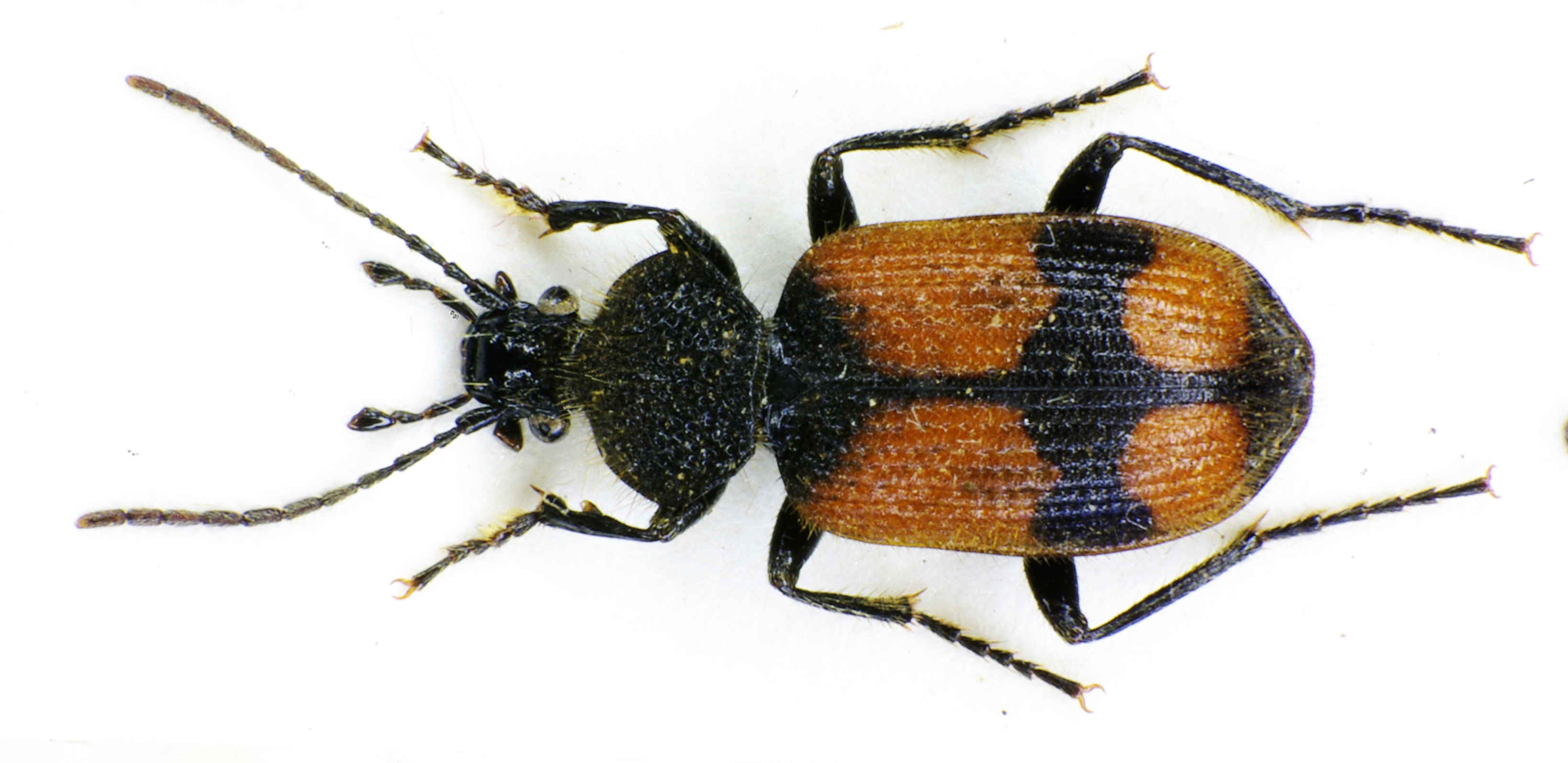|
Meadow Jumping Mouse
The meadow jumping mouse (''Zapus hudsonius'') is the most widely distributed mouse in the family Zapodidae. Its range extends from the Atlantic coast in the east to the Great Plains west, and from the arctic tree lines in Canada and Alaska to the north, and Georgia (U.S. state), Georgia, Alabama, Arizona, and New Mexico to the south. In mid-2014, the New Mexico subspecies of the meadow jumping mouse, ''Zapus hudsonius luteus'', was listed as an endangered species#United States, endangered species under the federal Endangered Species Act.Meadow jumping mouse is not ‘resilient’ Albuquerque Journal, July 4, 2014 [...More Info...] [...Related Items...] OR: [Wikipedia] [Google] [Baidu] |
Eberhard August Wilhelm Von Zimmermann
Eberhardt August Wilhelm von Zimmermann (August 17, 1743, Uelzen – July 4, 1815, Braunschweig) was a German geographer and zoologist. He studied natural philosophy and mathematics in Leiden, Halle an der Saale, Halle, Berlin, and Göttingen, and in 1766, was appointed professor of mathematics and natural sciences at the TU Braunschweig, Collegium Carolinum in Braunschweig. One of his pupils was mathematician Carl Friedrich Gauss. From 1789 onward, he served as aulic councillor in Braunschweig. at Deutsche BiographieThibaut - Zycha, Volume 10 by K. G. Saur Verlag GmbH & Company, Walter De Gruyter Incorporated During his career, he travelled widely throughout Europe — Livon ... [...More Info...] [...Related Items...] OR: [Wikipedia] [Google] [Baidu] |
Mammal
A mammal () is a vertebrate animal of the Class (biology), class Mammalia (). Mammals are characterised by the presence of milk-producing mammary glands for feeding their young, a broad neocortex region of the brain, fur or hair, and three Evolution of mammalian auditory ossicles, middle ear bones. These characteristics distinguish them from reptiles and birds, from which their ancestors Genetic divergence, diverged in the Carboniferous Period over 300 million years ago. Around 6,640 Neontology#Extant taxon, extant species of mammals have been described and divided into 27 Order (biology), orders. The study of mammals is called mammalogy. The largest orders of mammals, by number of species, are the rodents, bats, and eulipotyphlans (including hedgehogs, Mole (animal), moles and shrews). The next three are the primates (including humans, monkeys and lemurs), the Artiodactyl, even-toed ungulates (including pigs, camels, and whales), and the Carnivora (including Felidae, ... [...More Info...] [...Related Items...] OR: [Wikipedia] [Google] [Baidu] |
Carrion Beetle
Silphidae is a family of beetles that are known commonly as large carrion beetles, carrion beetles or burying beetles. There are two subfamilies: Silphinae and Nicrophorinae. Members of Nicrophorinae are sometimes known as burying beetles or sexton beetles. The number of species is relatively small, at around two hundred. They are more diverse in the temperate region although a few tropical endemics are known. Both subfamilies feed on decaying organic matter such as dead animals. The subfamilies differ in which uses parental care and which types of carcasses they prefer. Silphidae are considered to be of importance to forensic entomologists because when they are found on a decaying body they are used to help estimate a post-mortem interval. Taxonomy, evolution, and etymology The family Silphidae belongs to the order Coleoptera. They are commonly referred to as carrion beetles or burying beetles and are usually associated with carrion, fungi, and dung. In the past, members of the ... [...More Info...] [...Related Items...] OR: [Wikipedia] [Google] [Baidu] |
Lady Bugs
Coccinellidae () is a widespread family of small beetles. They are commonly known as ladybugs in North America and ladybirds in the United Kingdom; "lady" refers to mother Mary. Entomologists use the names ladybird beetles or lady beetles to avoid confusion with true bugs. The more than 6,000 described species have a global distribution and are found in a variety of habitats. They are oval beetles with a domed back and flat underside. Many of the species have conspicuous aposematic (warning) colours and patterns, such as red with black spots, that warn potential predators that they taste bad. Most coccinellid species are carnivorous predators, preying on insects such as aphids and scale insects. Other species are known to consume non-animal matter, including plants and fungi. They are promiscuous breeders, reproducing in spring and summer in temperate regions and during the wet season in tropical regions. Many predatory species lay their eggs near colonies of prey, providi ... [...More Info...] [...Related Items...] OR: [Wikipedia] [Google] [Baidu] |
Herbivore
A herbivore is an animal anatomically and physiologically evolved to feed on plants, especially upon vascular tissues such as foliage, fruits or seeds, as the main component of its diet. These more broadly also encompass animals that eat non-vascular autotrophs such as mosses, algae and lichens, but do not include those feeding on decomposed plant matters (i.e. detritivores) or macrofungi (i.e. fungivores). As a result of their plant-based diet, herbivorous animals typically have mouth structures ( jaws or mouthparts) well adapted to mechanically break down plant materials, and their digestive systems have special enzymes (e.g. amylase and cellulase) to digest polysaccharides. Grazing herbivores such as horses and cattles have wide flat- crowned teeth that are better adapted for grinding grass, tree bark and other tougher lignin-containing materials, and many of them evolved rumination or cecotropic behaviors to better extract nutrients from plants. A larg ... [...More Info...] [...Related Items...] OR: [Wikipedia] [Google] [Baidu] |
Granivore
Seed predation, often referred to as granivory, is a type of plant-animal interaction in which granivores (seed predators) feed on the seeds of plants as a main or exclusive food source,Hulme, P.E. and Benkman, C.W. (2002) "Granivory", pp. 132–154 in ''Plant animal Interactions: An Evolutionary Approach'', ed. C.M. Herrera and O. Pellmyr. Oxford: Blackwell. . in many cases leaving the seeds damaged and not viable. Granivores are found across many families of vertebrates (especially mammals and birds) as well as invertebrates (mainly insects); thus, seed predation occurs in virtually all terrestrial ecosystems. Seed predation is commonly divided into two distinctive temporal categories, pre-dispersal and post-dispersal predation, which affect the fitness of the parental plant and the dispersed offspring (the seed), respectively. Mitigating pre- and post-dispersal predation may involve different strategies. To counter seed predation, plants have evolved both physical defenses ... [...More Info...] [...Related Items...] OR: [Wikipedia] [Google] [Baidu] |
Hibernation
Hibernation is a state of minimal activity and metabolic reduction entered by some animal species. Hibernation is a seasonal heterothermy characterized by low body-temperature, slow breathing and heart-rate, and low metabolic rate. It is most commonly used to pass through winter months – called overwintering. Although traditionally reserved for "deep" hibernators such as rodents, the term has been redefined to include animals such as bears and is now applied based on active metabolic suppression rather than any absolute decline in body temperature. Many experts believe that the processes of daily torpor and hibernation form a continuum and use similar mechanisms. The equivalent during the summer months is aestivation. Hibernation functions to conserve energy when sufficient food is not available. To achieve this energy saving, an endothermic animal decreases its metabolic rate and thereby its body temperature. Hibernation may last days, weeks, or months—depending on t ... [...More Info...] [...Related Items...] OR: [Wikipedia] [Google] [Baidu] |
Fungus
A fungus (: fungi , , , or ; or funguses) is any member of the group of eukaryotic organisms that includes microorganisms such as yeasts and mold (fungus), molds, as well as the more familiar mushrooms. These organisms are classified as one of the kingdom (biology)#Six kingdoms (1998), traditional eukaryotic kingdoms, along with Animalia, Plantae, and either Protista or Protozoa and Chromista. A characteristic that places fungi in a different kingdom from plants, bacteria, and some protists is chitin in their cell walls. Fungi, like animals, are heterotrophs; they acquire their food by absorbing dissolved molecules, typically by secreting digestive enzymes into their environment. Fungi do not photosynthesize. Growth is their means of motility, mobility, except for spores (a few of which are flagellated), which may travel through the air or water. Fungi are the principal decomposers in ecological systems. These and other differences place fungi in a single group of related o ... [...More Info...] [...Related Items...] OR: [Wikipedia] [Google] [Baidu] |
Curculionidae
The Curculionidae are a family of weevils, commonly called snout beetles or true weevils. They are one of the largest animal families with 6,800 genera and 83,000 species described worldwide. They are the sister group to the family Brentidae. They include the bark beetles as the subfamily Scolytinae, which are modified in shape in accordance with their wood-boring lifestyle. They do not much resemble other weevils, so they were traditionally considered a distinct family, Scolytidae. The family also includes the ambrosia beetles, of which the present-day subfamily Platypodinae was formerly considered the distinct family Platypodidae. Description Adult Curculionidae can be recognised by the well-developed, downwards-curved snout (Rostrum (anatomy), rostrum) possessed by many species, though the rostrum is sometimes short (e.g. Entiminae). They have elbowed Antenna (biology), antennae that end in clubs, and the first antennal segment often fits into a groove in the side of the rost ... [...More Info...] [...Related Items...] OR: [Wikipedia] [Google] [Baidu] |
Carabidae
Ground beetles are a large, cosmopolitan family of beetles, the Carabidae, with more than 40,000 species worldwide, around 2,000 of which are found in North America and 2,700 in Europe. As of 2015, it is one of the 10 most species-rich animal families. They belong to the Adephaga. Members of the family are primarily carnivorous, but some members are herbivorous or omnivorous. Description and ecology Although their body shapes and coloring vary somewhat, most are shiny black or metallic and have ridged wing covers ( elytra). The elytra are fused in some species, particularly the large Carabinae, rendering the beetles unable to fly. The species '' Mormolyce phyllodes'' is known as violin beetle due to their peculiarly shaped elytra. All carabids except the quite primitive flanged bombardier beetles (Paussinae) have a groove on their fore leg tibiae bearing a comb of hairs used for cleaning their antennae. Defensive secretions Typical for the ancient beetle suborder A ... [...More Info...] [...Related Items...] OR: [Wikipedia] [Google] [Baidu] |
Larva
A larva (; : larvae ) is a distinct juvenile form many animals undergo before metamorphosis into their next life stage. Animals with indirect development such as insects, some arachnids, amphibians, or cnidarians typically have a larval phase of their life cycle. A larva's appearance is generally very different from the adult form (''e.g.'' caterpillars and butterflies) including different unique structures and organs that do not occur in the adult form. Their diet may also be considerably different. In the case of smaller primitive arachnids, the larval stage differs by having three instead of four pairs of legs. Larvae are frequently adapted to different environments than adults. For example, some larvae such as tadpoles live almost exclusively in aquatic environments but can live outside water as adult frogs. By living in a distinct environment, larvae may be given shelter from predators and reduce competition for resources with the adult population. Animals in the lar ... [...More Info...] [...Related Items...] OR: [Wikipedia] [Google] [Baidu] |
Nocturnal
Nocturnality is a ethology, behavior in some non-human animals characterized by being active during the night and sleeping during the day. The common adjective is "nocturnal", versus diurnality, diurnal meaning the opposite. Nocturnal creatures generally have highly developed senses of hearing (sense), hearing, olfaction, smell, and specially adapted eyesight. Some animals, such as ferrets, have eyes that can adapt to both low-level and bright day levels of illumination (see metaturnal). Others, such as bushbaby, bushbabies and (some) bats, can function only at night. Many nocturnal creatures including tarsier, tarsiers and some owl, owls have large eyes in comparison with their body size to compensate for the lower light levels at night. More specifically, they have been found to have a larger cornea relative to their eye size than diurnal creatures to increase their : in the low-light conditions. Nocturnality helps wasps, such as ''Apoica flavissima'', avoid hunting in intens ... [...More Info...] [...Related Items...] OR: [Wikipedia] [Google] [Baidu] |










